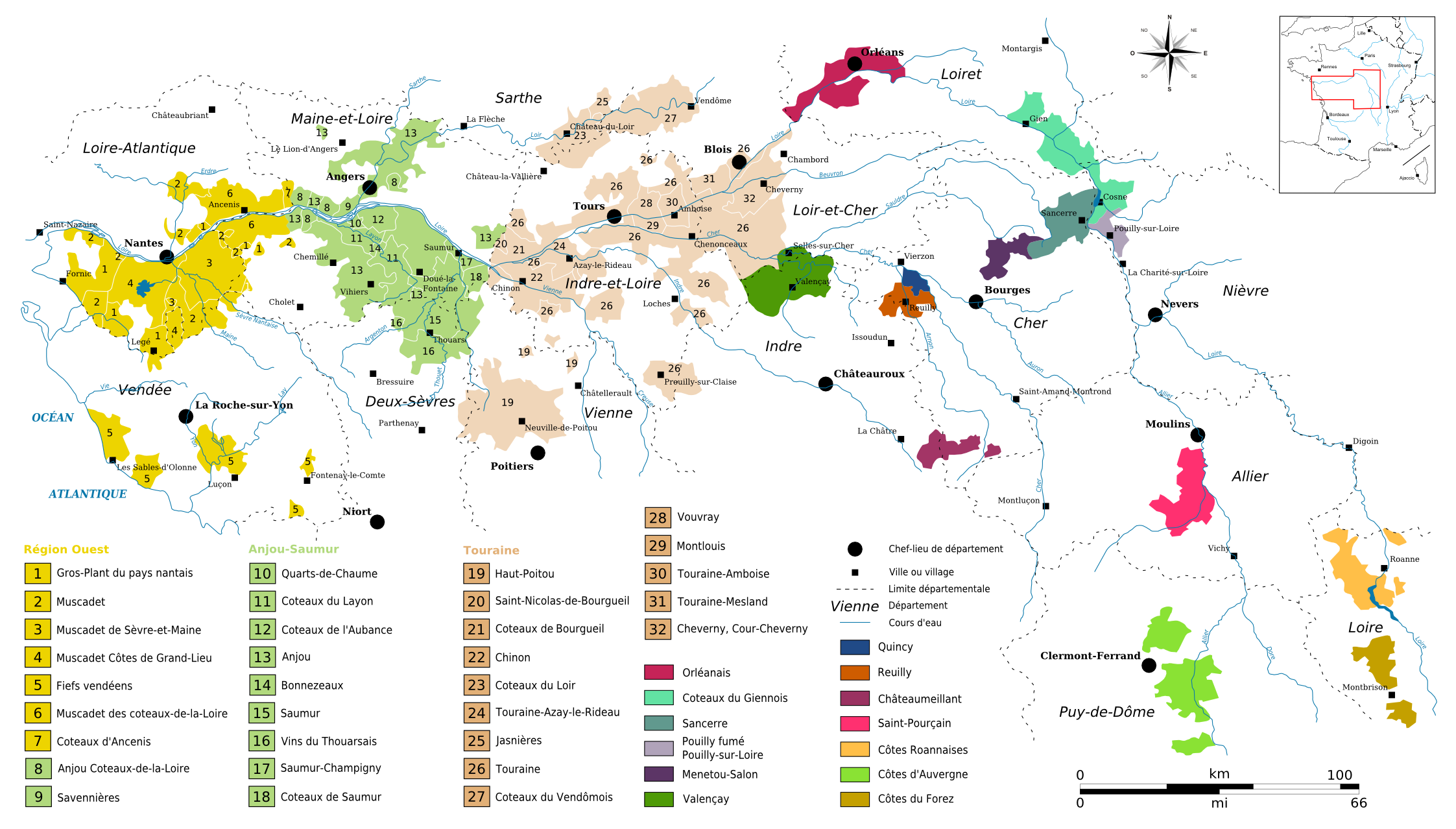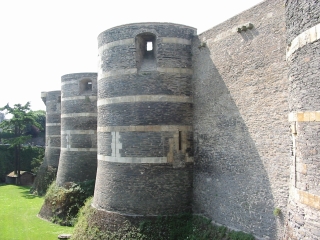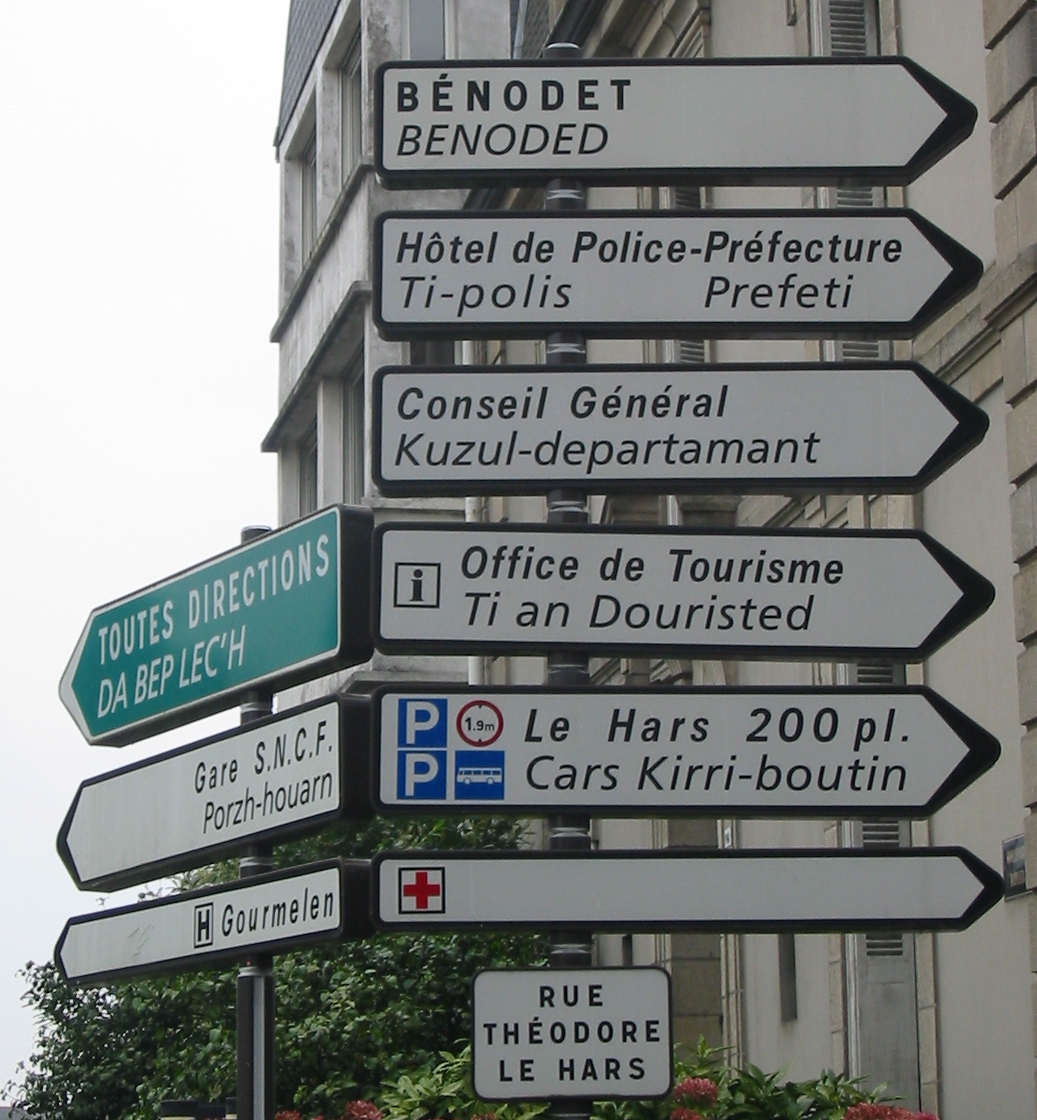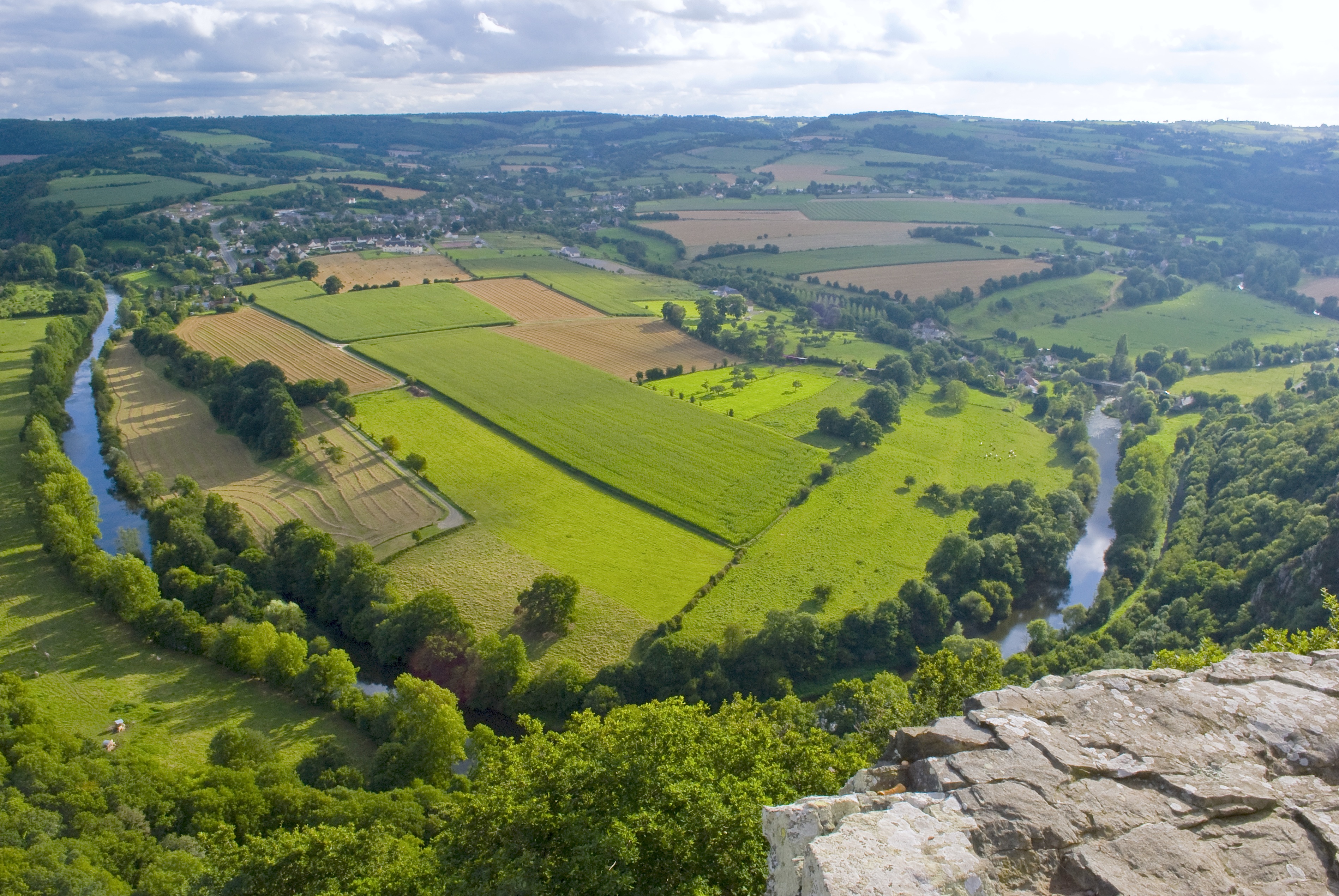First, apologies for the two-week delay in bringing you part two of the Centre-Val de Loire region. Real work forced this project to the sidelines. But now we can relax with a glass of very good wine.
France is, by many assessments, the greatest wine producing country in the world, and the Loire Valley is one of its most lauded regions. It may not have quite the fame of Bordeaux or Burgundy, but that may have more to do with its diversity of viniculture. (No one says, “I’ll have a bottle of Loire.”)
This mind-boggling diversity makes me want to throw up my hands and acknowledge that the only possible way to get to know Loire wines is to go there for a very long time and tour the vineyards. Preferably on a bicycle. And there are many tour companies that will take you there.
I’m a wine drinker, not a wine expert. I’m still learning about wine, and I’ll undoubtedly say that 50 years from now, if I live that long. Is it possible to stop learning about wine? Just dipping one’s toe into this region of France makes the pleasurable task of wine exploration seem like a journey that will never end.
Wine is not a ladder to climb, as we’re so often taught. Not even close. Wine is a maze, a labyrinth, one we gladly enter, embracing the fact that we don’t know where it will take us and that we’ll never likely find our way out.
Jason Wilson, in Godforsaken Grapes: A Slightly Tipsy Journey Through the World of Strange, Obscure, and Underappreciated Wine
One area in which I do have expertise is research (former research director -not of anything wine-related, but skills are skills). And I can recommend an excellent, user-friendly and comprehensive guide in English to the wonders of Loire Valley grapes. If you want to learn more about wine, you will not regret bookmarking the Wine Folly site. The book is also nice to have on hand.
Now, shall we open a bottle and find something to eat with it?
Fortunately, my neighborhood wine shop – which specializes in French wines and is a mere two blocks walk from my house – has a nice selection from the Loire Valley. An entire shelving unit is devoted to the region, nearly the same amount of store real estate given to Burgundy.

This past weekend’s free tasting included this delicious sauvignon blanc, which came home with me.

And one of my favorites at last week’s mega-testing was a red Loire Valley wine.
What might you eat with one of these excellent wines if you were in the Loire Valley. Recall that this region is known as “the garden of France.” Apple and pear orchards are plentiful, as well as market gardens. Hunting was the lure that drew the French aristocracy to the valley, and game is still on the menu.
I was intrigued by a recipe for eggs poached in an herbed red wine sauce, mostly because of its name. Oeufs à la couille d’âne translates to “eggs with donkey’s balls.” I can’t explain. It has something to do with the color of the finished dish. No donkey parts of any kind are present.
Another simple recipe featuring something cooked in an herb-infused liquid- this time milk – comes from Patricia Wells in her Bistro Cooking.
Enjoy!
Pommes de Terre Solognotes
Ingredients:
- 2 cups milk
- 1/2 cup minced fresh herbs (tarragon, thyme, parsley, chives)
- 2 bay leaves
- 5 whole black peppercorns
- 2 pounds baking potatoes, peeled and thinly sliced
- Salt and freshly ground black pepper
- 1 garlic clove, halved
- 1/2 cup crème fraîche or heavy cream
- 1 tsp fresh thyme or 1/2 tsp dried
- 1 cup freshly grated French or Swiss gruyère cheese
Directions:
1.Preheat the oven to 375F.
2. Combine the milk, the mixed herbs, bay leaves, and peppercorns in a saucepan. Cover and scald over medium-high heat. Remove from the heat and let steep, covered, for 10 minutes. Strain the milk into a large saucepan, discarding the herbs and peppercorns.
3. Add the potatoes to the strained milk. Cover and cook until the potatoes are tender, about 15 minutes. Season with salt and pepper to taste; set aside.
4. Rub the inside of an oval porcelain gratin dish with the garlic. Spoon the potato mixture into the dish. Dot with the crème fraîche and sprinkle with the thyme.
5. Bake until the gratin is golden, about 45 minutes. Remove the gratin dish from the oven, and sprinkle with the grated cheese. Return to the oven and bake until the top is very crisp and golden, about 15 more minutes. Serve immediately.


















































